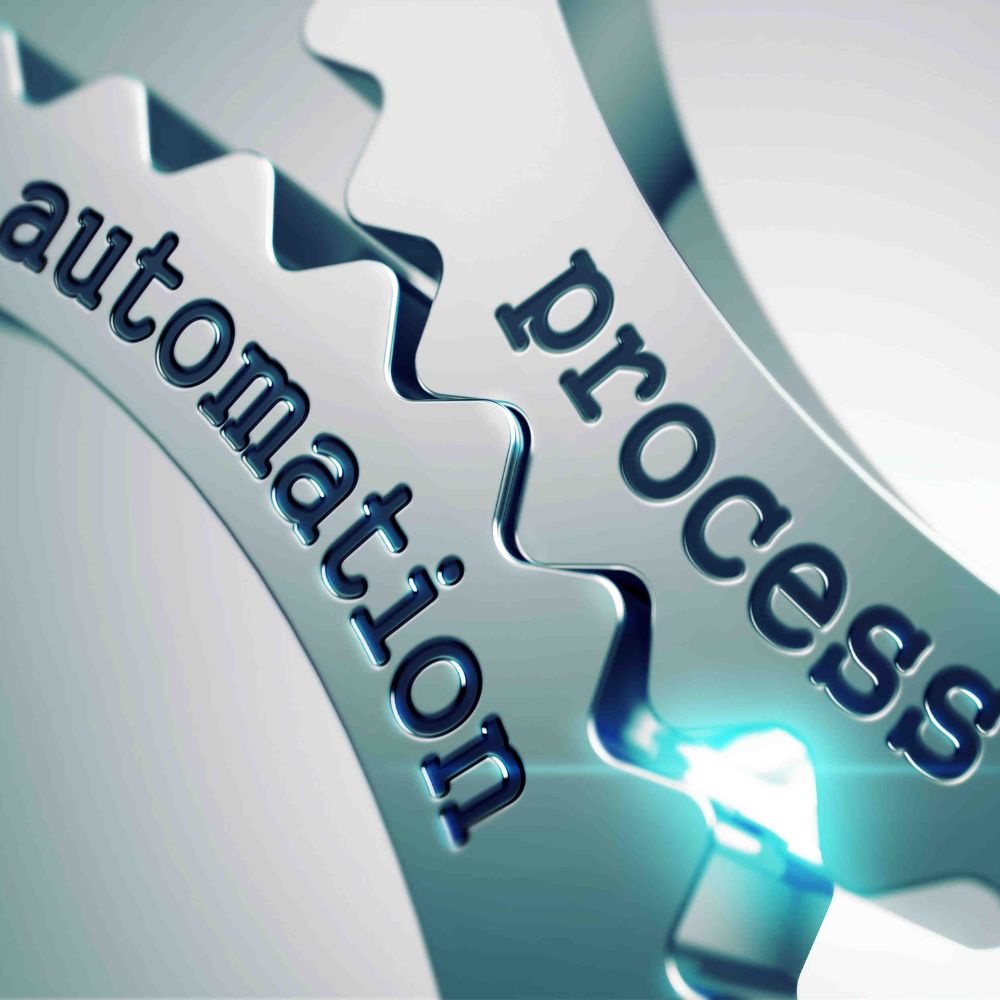Global examples of successful document process automation and the impact they have had
2023-05-03 01:44:21

Document process automation has become an increasingly popular trend in recent years. It is the use of technology to streamline and optimise the way documents are created, stored, processed, and shared within an organisation. The benefits of document process automation are many, including increased efficiency, reduced costs, improved accuracy, and faster turnaround times.
In this article, we will explore some real-life global examples of successful document process automation and the impact they have had.
1. Coca-Cola:
Coca-Cola, the world's largest beverage company, implemented a document process automation solution to automate their accounts payable process. Previously, the process was manual, which resulted in errors and delays in payment processing. The new solution automates the process, eliminating the need for manual intervention, and ensuring that payments are processed accurately and on time. The automation resulted in a 98% reduction in invoice processing time and a 95% reduction in invoice errors, saving the company significant amounts of time and money.
2. U.S. Department of Veterans Affairs:
The U.S. Department of Veterans Affairs (VA) implemented a document process automation solution to digitise their healthcare records. The VA has over 150 medical centres and hundreds of clinics, and the paper-based system was inefficient and resulted in lost records and errors. The new system digitises records and allows doctors and nurses to access patient records from any location. The automation has resulted in a 90% reduction in record retrieval time, improved patient care, and reduced errors.
3. San Francisco International Airport:
San Francisco International Airport (SFO) implemented a document process automation solution to automate their employee onboarding process. The previous process was manual and paper-based, resulting in long wait times for new employees to be processed. The new system automates the process, from background checks to ID badge creation, reducing the processing time from 14 days to just 3 days. Automation has improved the employee experience and reduced the workload for HR staff.
4. Boeing:
Boeing implemented a document process automation solution to automate their engineering change management process. The previous process was manual, resulting in errors and delays in the approval process. The new system automates the process, allowing engineers to submit change requests electronically and track their progress. The automation has resulted in a 90% reduction in change management cycle time and improved collaboration between engineers.
In conclusion, document process automation has become an essential tool for organisations looking to streamline their operations and improve efficiency. These real-life examples of successful document process automation demonstrate the significant impact it can have, from reducing processing times and errors to improving collaboration and enhancing the employee and patient experience. As technology continues to evolve, we can expect to see more organisations adopt document process automation to stay ahead of the competition and achieve their goals.


